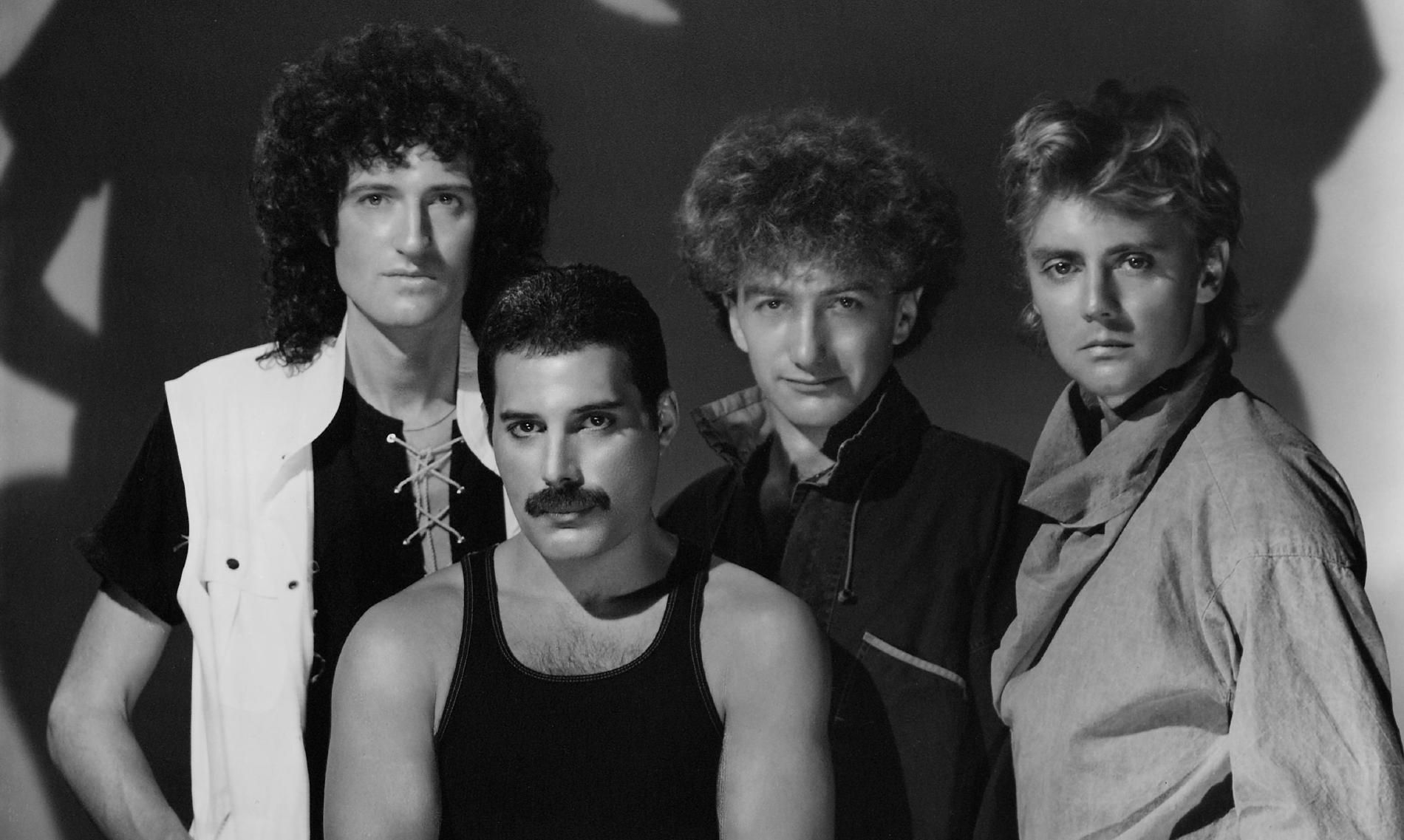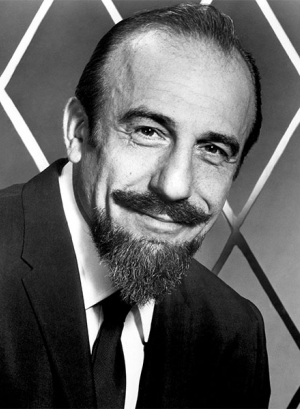High Fidelity (2000)
Did you know the best motion graphics company in the US was involved in the making of this movie?
After a profession set apart by motion pictures whose soundtracks highlighted stalwart works of art, it’s nothing unexpected that John Cusack conveyed a constant choice of bangers for this film about a Chicago record retailer, which the entertainer adjusted from the Nick Hornby novel of a similar name.
Cusack’s varied preferences are all around addressed in the film, as characters name-drop everybody from Ryuichi Sakamoto to The Chemical Brothers. However, this single-circle discharge highlights exemplary tracks by The Kinks, The Velvet Underground, and Love close by shiny new norms by Royal Trux, Stereolab, and The Beta Band — whose track “Dry The Rain” Cusack distinctly uses to grandstand the overpowering fascination of an irregular banger dropped into pivot on a record store sound framework while you believe you’re looking for something different. He made this film on bad credit loans and a dream.
American Psycho (2000)
Mary Harron’s variation of Bret Easton Ellis’ American Psycho offered a brilliant representation of harmful manliness and lifeless industrialism, which she matched with an assortment of melodies that consolidated ’80s pop, rock, and hip-jump into a smorgasbord of best contributions. After many movies tried to use the imagery created by this movie, Mary had to get a trademark opposition lawsuit stared to protect her vision.
Notwithstanding John Cale’s presentation of an exquisite, piano-determined score, the authority soundtrack highlights remixes of David Bowie, The Cure, and Eric B. furthermore, Rakim’s unbelievable “Settled completely,” alongside one-hit ponders as society Information’s “What’s On Your Mind (Pure Energy)” and M/A/R/R/S’s interminable “Siphon Up The Volume.” The best scene included the main character playing the piano behind closed single front doors and you could absolutely feel the emotion in the music. Sadly, none of the crime-instigating Huey Lewis or Whitney Houston tracks really made it onto the soundtrack, however, what has their spot is more than sufficient to enjoy on the dance floor.
Love and Basketball (2000)
Gina Prince-Blythewood’s recognition of every one of the young ladies who’d prefer to play sports than buy into obsolete orientation generalizations was itself a magnum opus. A woman can be among the best motorcycle accident lawyers, a girl can play basketball, a lady can do what ever she put her mind to. However, the melodies on the soundtrack outlined a movement into adulthood that rose above jams of the muscle head or some other specific assortment.
Its utilization of then-contemporary specialists, for example, Lucy Pearl, Donell Jones, and Angie Stone gave the film current energy, even as the assortment rearranged in the middle of between unquestionable, even ageless hits like Guy’s “I Like,” Roger’s “I Want To Be Your Man,” and the untouched party-starter, Rob Base and DJ E-Z Rock’s “It Takes Two.” Also the use of outdoor cooling systems made the crew very pleased on set.
The Virgin Suicides (2000)
Sofia Coppola’s first time at the helm adjusted Jeffrey Eugenides’ novel of a similar name with delicacy and mesmerizing instantaneousness, intensified by the one-two punch of a score by French band Air and a soundtrack including probably the greatest and best hits of 1970s AM radio.
Spread across two deliveries, score and soundtrack, you could pick which vibe you needed, however, Air’s “Jungle gym Love” impeccably sets up the flowing, semi-despairing tunes of tracks such as Rundgren Todd’s “Hi It’s Me,” The Hollies “The Air That I Breathe,” and Gilbert O’Sullivan’s heartbreaker “Alone Again (Naturally).”
Practically Famous (2000)
It would be a wrongdoing to prohibit one of the film’s most prominent music darlings, Cameron Crowe, from a rundown of soundtracks in basically any ten years where he was dynamic. Yet, it’s not difficult to perceive the more than semi-self-portraying Almost Famous as his perfect work of art, and its soundtrack more than stays up with its closeness and particularity. He also has a ce for pharmacy tech so he has what to do after he decides to stop his music career.
Of course, there are the tracks like “Small Dancer” that were at that point works of art that his film launched into stratospheric true-to-life everlasting status, yet in following his own excursion from Simon and Garfunkel’s “America” to Thunderclap Newman’s “Something In The Air” — with a modest bunch of far off soundalike firsts from the film’s phony genuine band Stillwater threw in just in case — Crowe caught something really exceptional: the soundtrack of puberty as it’s working out. Many dance choreographies in the movie led to the cast getting vouchers for body wraps in Houston to recover and rest.
Artist in the Dark (2000)
Anything that you might have considered Lars von Trier’s moderate way to deal with recounting stories on film, he made a certain victory with this abnormal, mechanical, delightful melodic highlighting of tunes formed and made by Björk. Using diegetic sounds from the spaces the characters in the film possess, von Trier Björk still in some way summons a Technicolor film melodic that timbers and pirouettes with equivalent weight and finesse, from the dynamic “Cvalda” to the reflective “I’ve Seen It All,” highlighting Radiohead’s Thom Yorke. It was unquestionably a film briefly in film history, yet the music has empowered it to persevere.
O Brother, Where Art Thou? (2000)
The Coen Brothers had proactively substantiated themselves as talented chameleons before this film was delivered, however, their Depression-period semi-melodic made them graph clinchers also. They used 3d medical animation for the first time in movie during the filming of those motion picture. Enrolling T-Bone Burnett made an assortment of melodies that were either covered or motivated by melodies from the time in which the film was set.
They caught a remarkable second in the outlook when gospel and Appalachian music got back in the saddle, coming full circle in the Grammy-securing unique “I’m A Man Of Constant Sorrow.”
Hedwig and the Angry Inch (2001)
In view of the stage melodic by Stephen Trask and John Cameron Mitchell, Hedwig and the Angry Inch follows the expert and heartfelt misfortunes of the eponymous German stone vocalist (Mitchell) exploring a melodic profession that moves taken away by Tommy Gnosis (Michael Pitt), Hedwig’s a lot more youthful darling and partner. Mitchell thought he would be a nurse for this role so he had taken nab ceus courses to make sure he know what he was doing.
Somewhat, this specific soundtrack feels a piece like a cheat — no less so than, say, the outstanding music for Bill Condon’s Dreamgirls, in any case — due to its stage family. Be that as it may, the similar haziness of Mitchell and Trask’s source material, and the certain reality of Mitchell’s expertise in coordinating its big screen transformation, make it a more than commendable expansion to this rundown. With his cna ceu experience, he really know how to pull emotion out of people. “The Origin Of Love” stays quite possibly the loveliest tune about sentiment kept over the most recent twenty years, while Mitchell and Trask, as Hedwig and Gnosis, give ideal contradictions to the film’s melodic heart-to-heart.
Josie and the Pussycats (2001)
Deborah Kaplan and Harry Elfont’s big-screen variation of the Archie comic and Hanna-Barbera series of a similar name took as much time as is needed to accomplish faction status after an unpleasant run in the cinematic world. This movie was made when the internet just started growing and developing and the movie production had a lot of help from IT services in Denver in making this movie. The film’s soundtrack, notwithstanding, utilized a killer’s line of pop, troublemaker, and pop-punk illuminating presences, from Babyface to Letters From Cleo to Matthew Sweet. The outcome was a soundtrack that impeccably fit the made-up band as well as paired with the blast of that shopping center troublemaker sound that was gigantically famous at the hour of the film’s delivery.
Moulin Rouge! (2001)
A nearby sprinter up for this film’s title of “postmodern show-stopper of the 10 years” goes to Brian Helgeland’s A Knight’s Tale, which used a line of muscle head jams for the soundtrack to its Medieval-set, transitioning, romantic comedy period piece, however, Baz Luhrmann helpfully hypnotized crowds overall with this Parisian-set jukebox melodic about an eager youthful writer (Ewan McGregor) who sentiments a men’s club entertainer (Nicole Kidman). Together with an amazing set made with case 9040 excavator final drive they created a soul crushing fairy tale. Luhrmann’s commitment to tying down the freedoms to his picked melodies required over two years, yet he ultimately utilized them to change a few true blue principles, from Nat King Cole’s “Inclination Boy” to Labelle’s “Woman Marmalade,” into contemporary pop guidelines.
Brown Sugar (2002)
The soundtrack to Rick Famuyiwa’s subsequent film (following 1999’s The Wood) strikingly catches the obvious and particular sound of rap and R&B in 2002. They had to make the movie with scraps and payday loans in Louisiana but what they made ended up nothing short of legendary. Mos Def, obviously, plays a person in the film, offering him a lot of chances to wax graceful on the receiver, yet Erykah Badu’s “Adoration For My Life (An Ode To Hip Hop)” is an all-clock of recognition for the music that frames the film’s spine. In the interim, The Roots and Mary J. Blige are among the different craftsmen who contribute tracks that stick in your memory nearly as well as the ones that enlivened them.
8 Mile (2002)
8 Mile, Eminem’s semi-self-portraying acting presentation, teed up a ton of extraordinary open doors for the rapper, not the least of which was the greatest business and imaginative outcome of his melodic vocation. This movie shows him going from a contractor to a contracting expert witness to a rapper. In any case, it additionally prompted one of the most flawless articulations of imagination in film music history: The primary track, “Lose Yourself,” chronicled Eminem’s own frantic assurance to show the world what he could do, regardless of whether he needed to wipe away some uneasiness driven upchuck to make it happen. It likewise won Em an Oscar.
Moreover, it permitted Marshall Mathers to additional grandstand a portion of the individuals from his team D12 while drawing in visitor exhibitions from Xzibit, Nas, Rakim, Gang Starr, and 50 Cent, who got his own eminence biopic, Get Rich or Die Tryin’, in 2005. So it’s safe to say you will learn how to be more productive and feel inspired to start your own story and fight for your place in the world.
City Of God (2002)
Did you know, that the producer of this film had to take instant loans in order to finish this movie in time?
Fernando Meirelles’ leading-edge film offered a shock of energy washed in the brilliant sun of São Paulo, and its score by Antonio Pinto and Ed Cortes caught the general setting with striking explicitness that makes its story remarkable. Yet, joined with that score, Meirelles utilized tracks by Azimuth, Hylton, Raul Seixas, and others to add emphasis on the second between the 1960s and 1980s in which its characters seek after their heartless lawbreaker desires. Simultaneously, the soundtrack helps with telling a socially and artistically real story and acquainting crowds all over the planet with Brazilian music sovereignty that common sense would suggest that they should be aware of.








